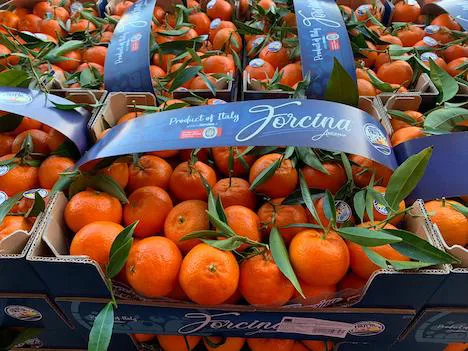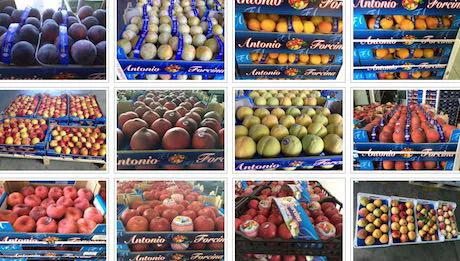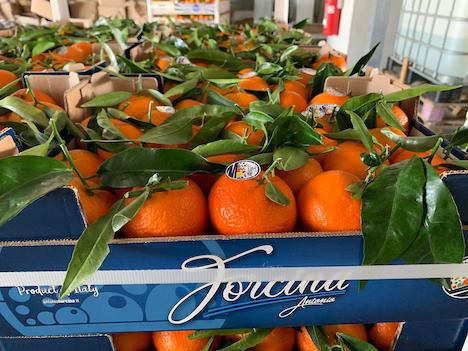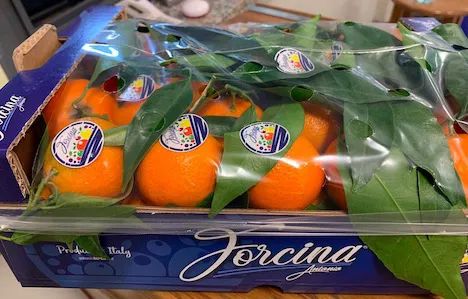"The Italian clementine season is facing some major problems. In August, we had to deal with drought, which led to medium and small calibers, and a surplus that was difficult to market. Fortunately, it has rained a lot in recent days, which has benefited the plants. The clementines of a larger calibre still have high prices to date, and this is because production costs are high due to the amount of work, certifications and specializations involved," said Antonio Forcina. He and his son Primo own the company of the same name, which is located in Fondi, in the province of Latina, Italy.

The company markets a wide range of fruit and vegetables, with an annual quantity of over 15,000 tons. In addition to clementines, their production line includes also Navel and Taroccos oranges, Miyagawa mandarins, lemons, broccoli, cauliflower, cherries, apricots, strawberries, khaki, Melannurca apples, nectarines, peaches and plums.

The company has a facility of 7,000 square meters, of which 3,000 are covered. It employs about 50 employees and uses its own vehicles for transportation. When the crops arrive at the facility, they are carefully selected, washed, calibrated and packed manually in different types of packaging.

Although the market for the large clementines is thriving, there is overall a lack of demand for a variety of reasons. First of all, the consumption of citrus fruit generally runs parallel to temperatures. The lower they are, the more the consumption is encouraged. Secondly, many growers assumed that the demand for citrus in the second wave of the pandemic would be as high as in the first phase. Unfortunately, this does not appear to be the case.

La Forcina Antonio has a clementine assortment with a steady continuity between early and late varieties, grown in Corigliano Calabro, in Calabria, and in Palagiano, in Apulia. The season started a few weeks ago with the classic clementine and will continue until mid-January. This marks the beginning of the season of the Hernandia clementine, a late variety that is highly appreciated by consumers. The large supply has led to low prices for the growers.
The producers are obtaining prices that range between €0.60 and €0.70 for medium sized clementines.

"It will be difficult to market the small-caliber clementines. This is a situation we unfortunately already know, because in May we had the same situation with the first Italian nectarines. As a result, we are also seeing a slowdown in sales abroad. In the case of the clementines, the situation deteriorates with the arrival of foreign crops from Greece, Turkey and Spain. The latter country dominates the citrus market in terms of quantities and prices. Another cause of the lack of consumption is the closure of the Ho.re.ca. sector and school canteens," concluded the son Primo Forcina.
Contact:
La Forcina Antonio
Via della Torre, 91
Fondi (LT) - Italy
Phone.: (+39) 0771 513800
Cell.: (+39) 335 7730696
Email: info@antonioforcina.it
Website: www.antonioforcina.it
